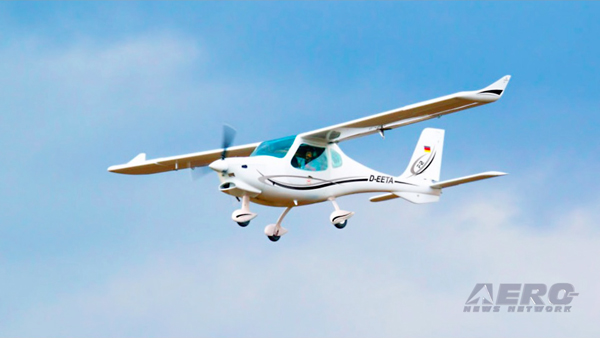
Also: ERAU Free Online Courses, Orion Passes Tests, Boeing Shuts Philly, A320 Production
After rerouting from the cancelled Sun N’ Fun airshow, the very first F2-LSA has arrived at Flight Design USA headquarters in Connecticut. The F2 has completed ASTM and US LSA compliance testing, and serial production has started. The next F2’s are expected to arrive in the US by June 2020. F2 CS-23 and the F2 UL for Europe are expected to be certified by October 2020. The F2 series represents a next-generation effort for Flight Design as it expands its light aircraft offerings. F2 is an EASA CS-23 certified aircraft with an MTOW of 650 kg, or if flown as an SLSA or Ultralight -- 600 kg MTOW. Stratolaunch, a company that was founded by the late Paul Allen, is shifting its focus t
